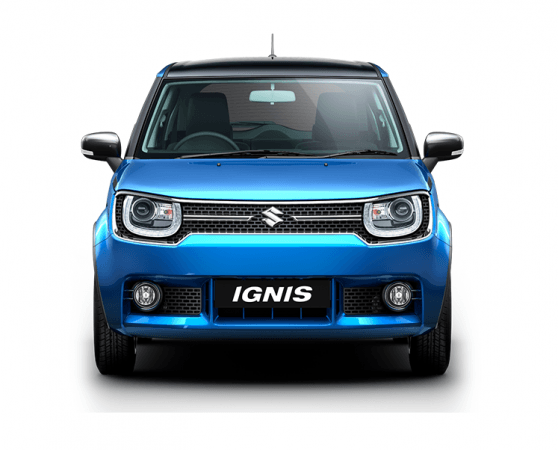
Maruti Suzuki, India's largest car-maker, launched its first compact crossover, Ignis, on January 15. The small car received an overwhelming response with 4,800 units sold in January. After its first full month sale in February, Maruti Suzuki has delivered nearly 10,000 units so far.
Also read: Maruti Suzuki Baleno RS launched at Rs 8.69 lakh; all you need to know
The booking number for Ignis continues to go forward and the company is yet to deliver over 12,000 bookings, reports ET Auto. Around 57 percent of the total booking came via online. Maruti Suzuki currently produces between 4,500-5,000 units of Ignis per month at its Gurgaon plant in Haryana. However, with the increasing waiting period running 2-3 months, Maruti Suzuki is struggling to tally demand and supply.
Priced from Rs 4.59 lakh to Rs 7.46 lakh, ex-showroom Delhi, Ignis is the third product retailed via Nexa premium dealerships after S-Cross and Baleno. Ignis comes with two engine options — 1.2L VVT petrol and 1.3L DDiS 190 diesel engine. The petrol as well as the diesel trims come with Auto Gear Shift (AGS) technology. While the petrol mill in Ignis is tuned to churn out 82bhp of power at 6000rpm with a torque of 113Nm at 4200rpm, the diesel mill generates 74bhp of power at 4000 rpm along with a torque of 190Nm at 2000 rpm.

Maruti Suzuki says Ignis is targeted for the millennials. Hence, it is loaded with features such as infotainment system integrated with Android Auto, Apple CarPlay and Mirror Link, LED projector headlamps with LED DRLs, dual airbags, ABS with EBD and many more. The compact crossover is pitted against Mahindra KUV100 in the newly-formed micro-SUV segment.
It is noteworthy to mention that the previous launches of Maruti Suzuki, Baleno and Vitara Brezza, also have huge waiting period. With the new Suzuki plant in Gujarat operational from February 1, Maruti Suzuki will be able to produce more vehicles and it is expected to cut down the waiting period of all the three cars.















